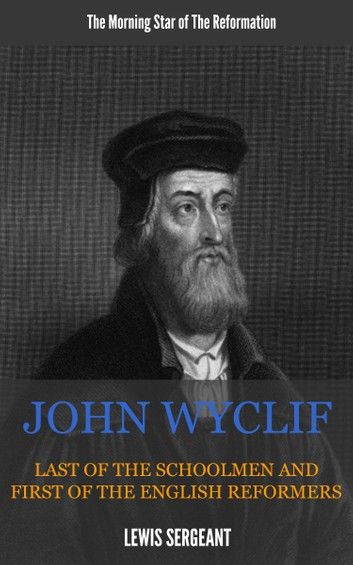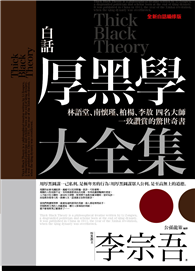This is a reprint of the original work by Lewis Sergeant. We have re-typeset the text in a more modern and easy to read font. We have also updated the book with new photos of many of the old illustrations and added many new ones as well.
Apart from updating the spelling and/or the modernizing of a few archaic words as well as the conversion of Roman numerals to Arabic numbers, (modern numbers), the original work was left intact.
However, in the present work there have been quite a few notes added by Rev. Peter J. Carter. Where these notes appear, they are enclosed with breaks, like so, [Notes], to indicate which are from the original work and which are the addition to the present work. Original notes from the author are not enclosed in breaks.
THE plan on which this volume has been written, and (I trust) the excuse for adding one more to the considerable number of recent works on Wyclif, are perhaps sufficiently indicated in the first few chapters, and particularly in the fourth. It might not have been worthwhile to rewrite the story of this English worthy of the fourteenth century, even with the encouragement of a few fresh facts and sidelights to develop and illustrate his character, if it had not been for the opportunity thus afforded of doing something to popularize the picture of John Wyclif as an Oxford Schoolman, and the picture of the Schoolmen in general as pioneers of the Reformation of Religion and the Revival of Learning.
In a volume not specially intended for laborious students, it would scarcely have been appropriate to enter on a detailed examination of Wyclif's scholastic and controversial writings. Such a work remains to be accomplished, but it cannot well be undertaken until the Wyclif Society has completed its task. For a similar reason I have not introduced a full bibliography of books and other documents relating to Wyclif. Most of my authorities will be found cited in the text and notes; but I would here express my special obligation to the editors of various volumes in the Rolls Series, to the writers of various articles in the Dictionary of National Biography— which has become indispensable to every historical student,—to Mr. R. L. Poole, and Mr. F. D. Matthew.
Of the reputed portraits of Wyclif mentioned in the first chapter, six are reproduced in the present volume. Three of the most characteristic of these— the Bale, Hondius, and Houston engravings—do not seem to have been printed since the centuries in which they were respectively produced. At any rate, the six are now brought together for the first time, and the reader must be left to determine for himself which of the series is most likely to represent John Wyclif as he lived.












